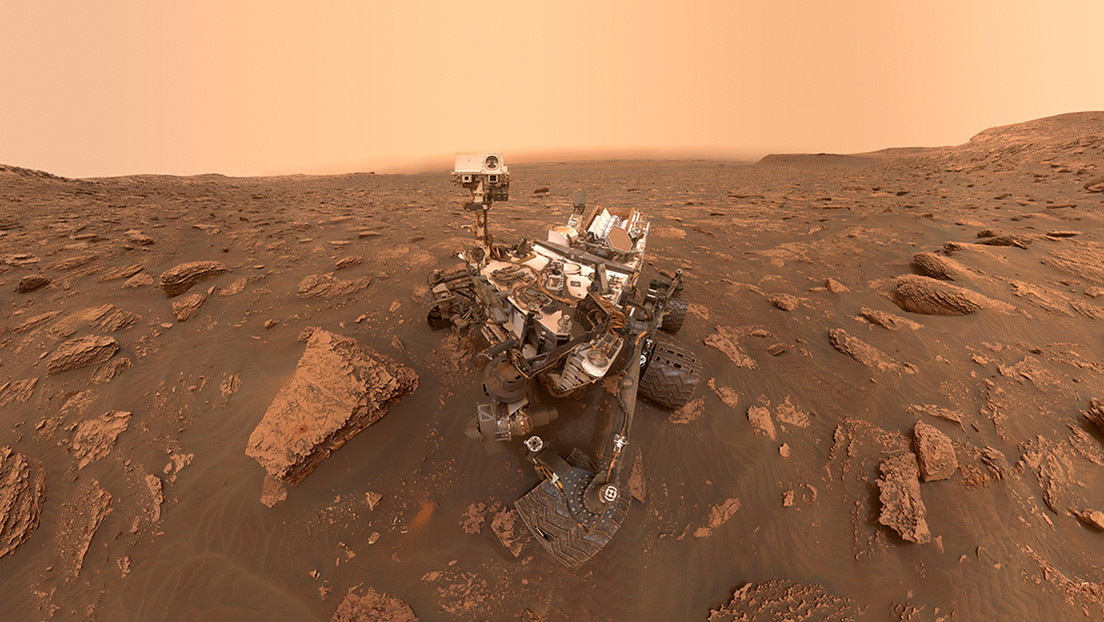Published:
6 November 2021 06:07 GMT
Although these are not bio-indicators, they were once located in a ditch filled with water. Therefore, they can be linked to the living environment in the past.
NASA’s Rover Curiosity has detected organic molecules in soil samples taken from the Pacnold dunes in the Martian crater gale.
The material in question was collected in March 2017. Now, unlike previous tests, the rover was analyzed using solvent in one of nine containers equipped with chemical reactors.
“One of the things we look for when searching for organic molecules on Mars is understanding the planet’s habitat in the past and finding life indicators.” Explained To the reverse Mewa Millan magazine that was on the team this Tuesday.
No life indicators found. However, the device detected organic molecules such as phosphoric acid and phenol, as well as benzoic acid and ammonia, which had not been previously observed on Mars. Similarly, “many nitrogen-bearing molecules and high molecular weight compounds have been documented and not yet identified,” the scientists said. Study Published in the journal Nature Astronomy.
The test was “definitely a success,” says Milan. “What we are looking for is that although biological signatures are not available, we have shown that this technique is truly promising,” the scientist pointed out.
“Once we find it, we can tell where they came from,” he said. The researchers said that since the Gale crater was once thought to have been filled with water, organic molecules may have been traces of Mars’ habitation in the past.
If you found it interesting, please share it with your friends!





